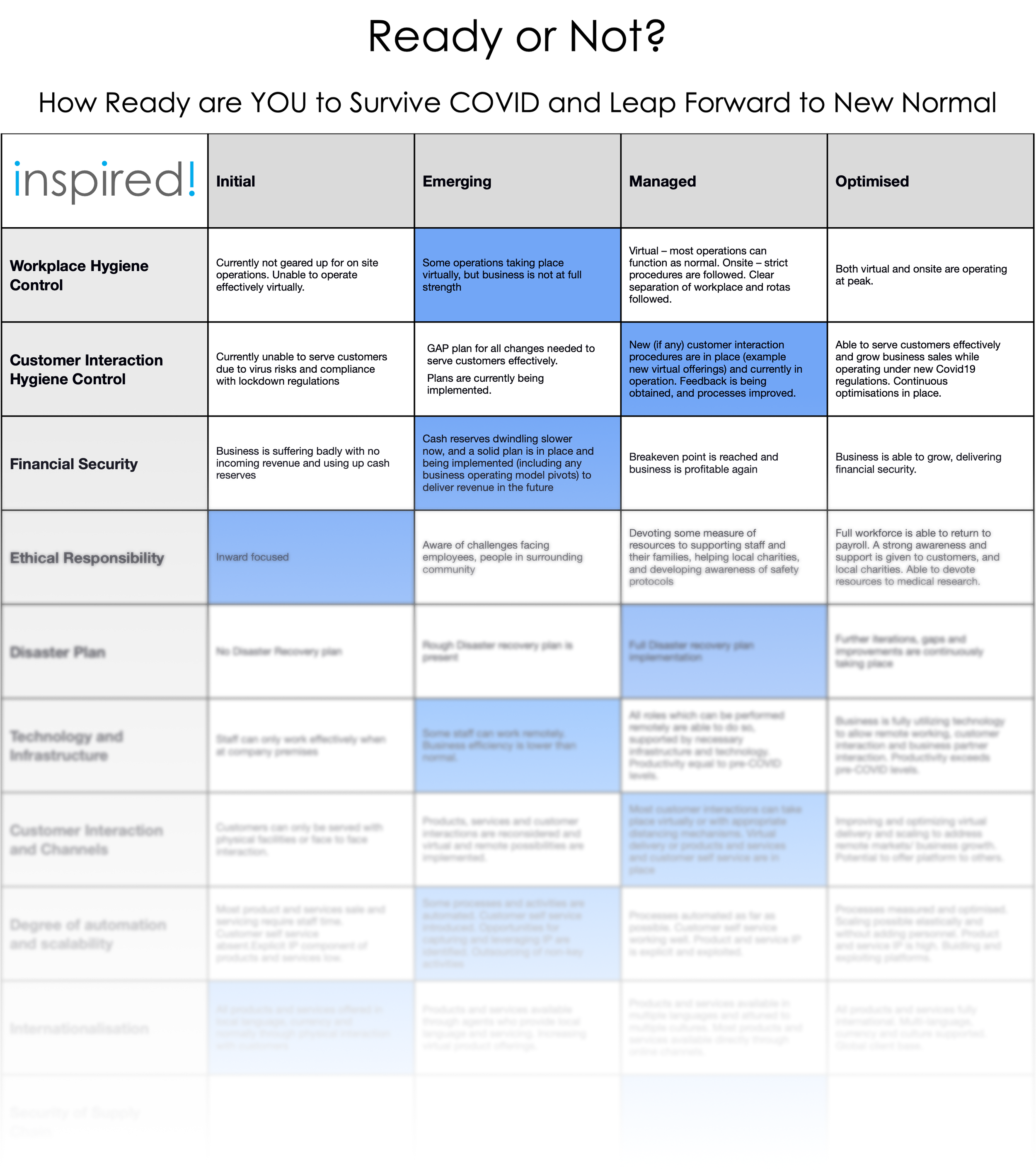A popular technique for quickly understanding or planning a business is the Business Model Canvas, introduced by Alexander Osterwalder and Yves Pigneur. This provides a high level ontology in the form of a one page diagram with boxes for key elements of a business.
The canvas idea has also been used for assessing other things including Business Value Proposition; Blue Ocean Strategy Ideas and Product and Service Innovations. There are a number of advantages to the canvas:
It is quick and easy to use
It is accessible to non-technical executives, managers and domain experts without modelling knowledge
It is concise and low effort
If well designed, it focusses attention on key concepts (provides ontology)
It can be done for baseline and proposed scenarios and comparison
However, there are also drawbacks and limitations:
It is often just a diagram with little formality of definition behind the concepts or consensus on what each category actually means
(Resources may include People, Skill, I.P., Cash, Plant… )Users often mix concepts and instances in completing the blocks
(Retail Customers, Govt. Dept of Energy…)There is insufficient detail behind the entries to perform more detailed analysis
(For Revenue Streams we may list Hardware Sales, Software Sales and Services, but we don’t know that these contribute in the proportion 60%, 35%, 5%)Relationships and dependencies are not apparent
(Which Partners or Resources or Activities are necessary to offer a particular Value Proposition?)
To solve these issues, facilitate richer analysis and integrate the elements in the canvas with other enterprise models and architecture elements, we implemented advanced features for canvasses in our Enterprise Value Architect (EVA) tool platform:
Users can define canvasses using any concepts defined in the meta model (also user definable). Concepts are represented by user friendly names and icons
Users can choose the canvas layout, size of boxes etc.
Items captured into a cell can include hierarchies, thereby facilitating use of subcategories and templates, if desired
Items captured are repository objects with relationships and any desired properties, which can include rich items such as documents, images, calculations etc. Items in the canvas have hyperlinks to view or edit these details
Items can be related in the canvas by drag and drop. Related objects are highlighted when the cursor is hovered over an item
Items can be included in any other tool view, including reports, generated documents, matrices and graphical models
Canvas views can be linked into menus for easy access by users collaborating on a shared repository. Since the tool is web based, these users can be anywhere
These innovations make canvasses very powerful! Take a look at the demonstration below.






